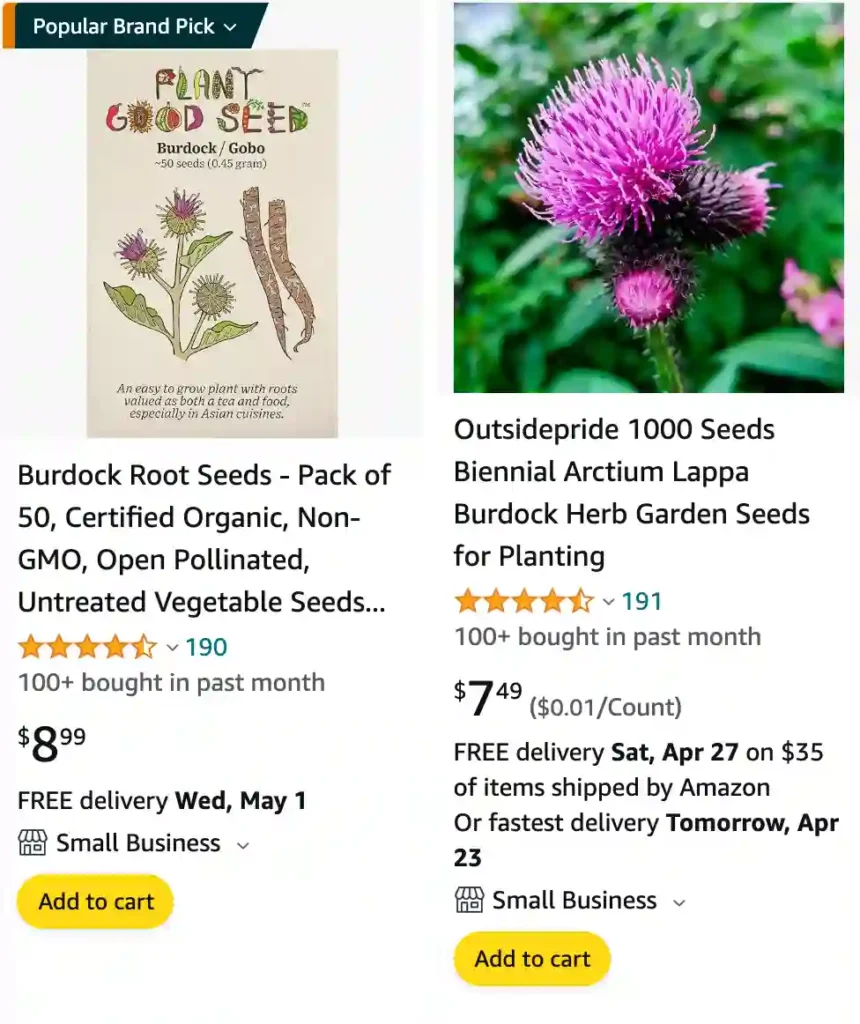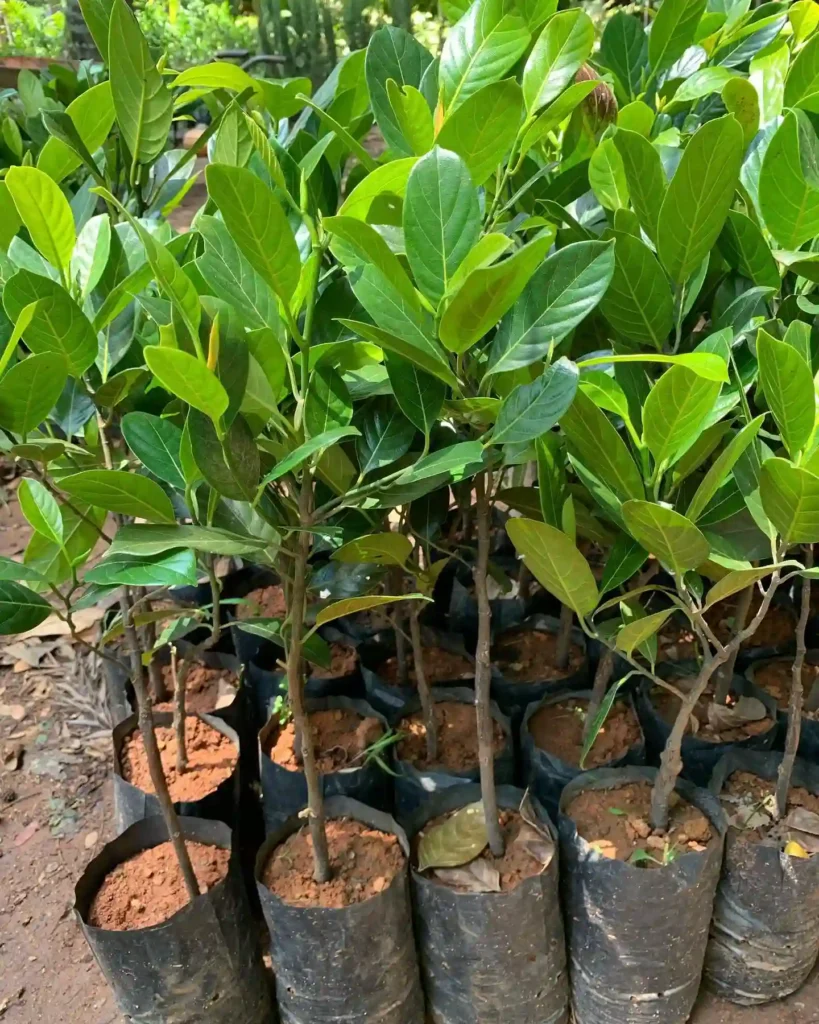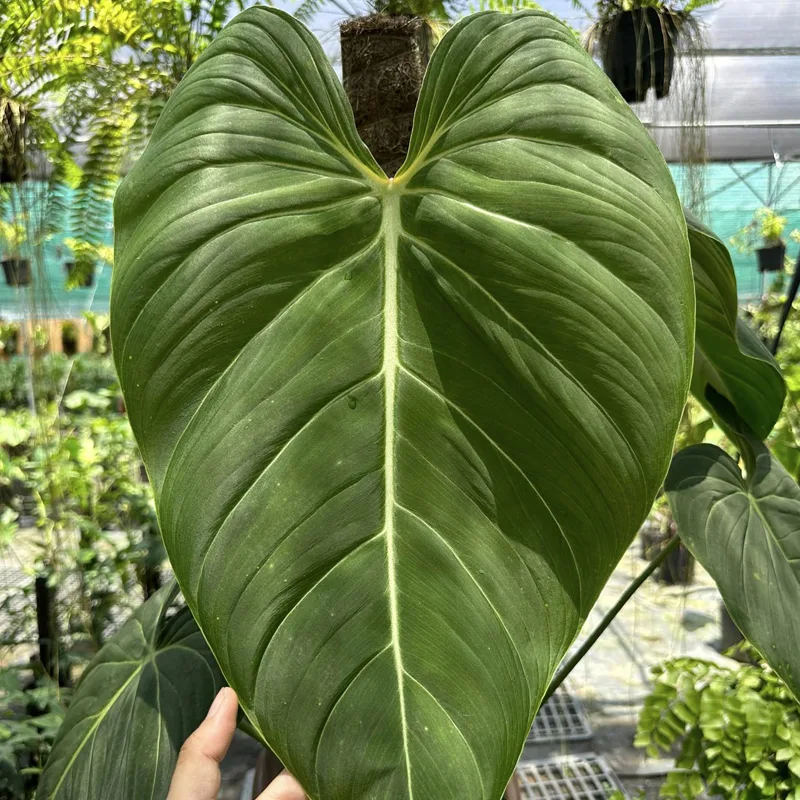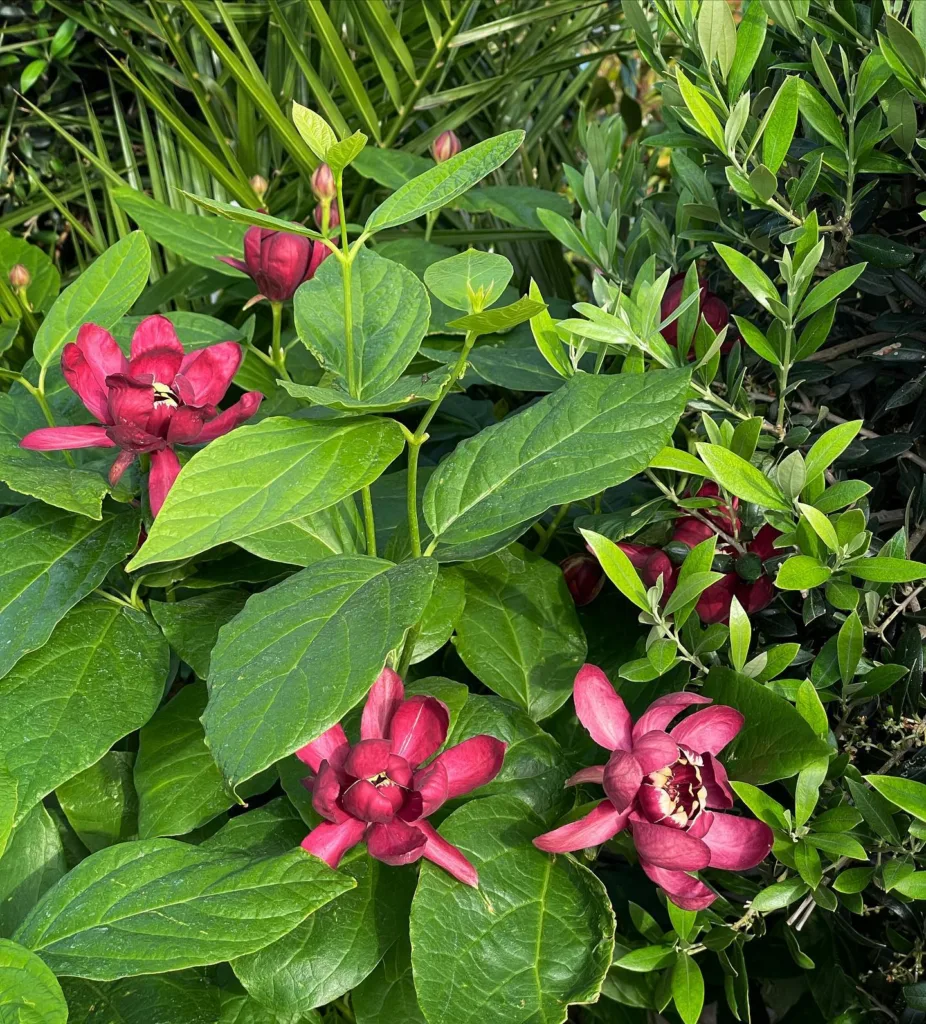
What is burdock?
Burdock is this plant I encountered while hiking in the woods with my friends last summer. It’s pretty distinctive with those big leaves and prickly burrs that always seem to cling to your clothes. I remember one time, we stumbled upon a patch of burdock while exploring off the beaten path, and those burrs stuck to everything, our clothes, our hair, even our dog! We spent what felt like hours picking them off. But besides being a nuisance, I’ve heard that burdock has some medicinal properties and can even be used in cooking. I haven’t tried it myself, but it’s fascinating how something so seemingly pesky can have useful qualities too.
What is burdock root good for?
Burdock root, from my understanding, has quite a few benefits. I first learned about it when I was looking for natural remedies to help with my digestion issues. Some people say it’s great for detoxifying the body and supporting liver health. I remember reading that it’s rich in antioxidants and has anti-inflammatory properties, which can be helpful for overall wellness. Plus, I’ve heard it’s used in traditional medicine for treating skin conditions like eczema and acne. It’s intriguing how something so humble-looking can have such potential health benefits. While I haven’t personally experienced all of these effects, I’m definitely open to trying it out in different forms, like teas or supplements, to see if it makes a difference for me.
Where to buy burdock root?
You can find burdock root in various places, but I usually prefer to get it from health food stores or specialty markets. They often have a good selection of organic options, which is important to me because I like to prioritize quality when it comes to anything I consume. Sometimes I’ll also check out local farmers’ markets, especially during the harvest season, as they might have fresh burdock root available. Online retailers are another convenient option, offering a wide range of products from different brands. Whether it’s in-store or online, I always make sure to read reviews and check for certifications to ensure I’m getting a reputable product.
How to make burdock root tea?
Making burdock root tea is a simple process that I’ve found quite enjoyable. First, I start by thoroughly washing the burdock root to remove any dirt or debris. Then, I peel the outer skin off the root using a vegetable peeler or a knife, being careful to remove any blemishes. Once peeled, I slice the root into thin rounds or small pieces to increase the surface area for brewing. Next, I bring water to a boil in a saucepan and add the sliced burdock root. I let it simmer for about 10 to 15 minutes, allowing the flavors to infuse into the water. Sometimes I like to add other herbs or spices like ginger or cinnamon for extra flavor. Finally, I strain the tea into a cup and enjoy it either hot or cold. It’s a soothing and earthy drink that I find quite comforting, especially on chilly days.
How to use burdock root?
Using burdock root in cooking opens up a world of culinary possibilities. One way I enjoy using burdock root is by incorporating it into stir-fries or sautés. After washing and peeling the root, I slice it thinly and toss it into a hot pan with some oil, garlic, and other vegetables like carrots, bell peppers, and mushrooms. The burdock root adds a unique flavor and texture to the dish, with a slightly crunchy bite that complements the other ingredients well. Another way I like to use burdock root is by simmering it in soups or stews. I’ll cut it into larger chunks and add it to the pot along with other vegetables and proteins, allowing it to infuse the broth with its earthy flavor. Additionally, I’ve experimented with pickling burdock root, slicing it thinly and marinating it in a mixture of vinegar, sugar, and spices to create a tangy and refreshing side dish or condiment. Overall, burdock root is a versatile ingredient that can be used in various dishes to add depth of flavor and nutritional value.
What does burdock root taste like?
Burdock root has a unique taste that’s earthy and slightly sweet, with a hint of bitterness. When cooked, it develops a tender texture with a crunchy bite, similar to a carrot or parsnip. The flavor can be somewhat nutty and reminiscent of artichokes or sunchokes, with subtle herbal notes. It’s quite versatile in cooking, as its mild flavor pairs well with a variety of ingredients and cuisines. Overall, burdock root adds a distinctive and enjoyable taste to dishes, contributing depth and complexity to the overall flavor profile.
How often to drink burdock root tea?
The frequency of drinking burdock root tea can vary depending on individual preferences and health goals. Personally, I find that drinking burdock root tea a few times a week works well for me. I usually incorporate it into my routine as a part of my overall wellness regimen, rather than drinking it daily. However, some people may choose to drink it more frequently, especially if they’re using it for specific health purposes or as a detoxifying agent. It’s essential to listen to your body and adjust the frequency based on how you feel and any potential effects you may experience. As with any herbal remedy, moderation is key, and it’s always a good idea to consult with a healthcare professional if you have any concerns or underlying health conditions.
How to cook burdock root?
Cooking burdock root is a straightforward process that allows you to unlock its unique flavors and textures. After washing and peeling the burdock root, you can prepare it in various ways depending on your preference. One common method is to slice the root thinly and sauté it in a pan with some oil and seasonings until it’s tender and slightly caramelized. You can also julienne or grate the burdock root and add it to stir-fries, soups, or stews for added flavor and texture. Another option is to roast burdock root in the oven, either on its own or mixed with other vegetables, until it’s crispy on the outside and tender on the inside. Regardless of the cooking method you choose, burdock root adds a unique earthy flavor and crunchy texture to dishes, making it a versatile and nutritious ingredient to incorporate into your cooking repertoire.
How to get rid of burdock? How to kill burdock?
Getting rid of burdock can be a bit of a challenge due to its deep roots and resilient nature, but there are several methods you can try to control or eradicate it. One approach is to manually remove the burdock plants by digging them up, making sure to dig deep to remove as much of the taproot as possible. This method can be labor-intensive, especially if you’re dealing with a large infestation, but it can be effective, especially if done repeatedly to prevent regrowth.
Another option is to mow or cut down the burdock plants before they have a chance to flower and set seed, which can help reduce their spread. However, keep in mind that this method may not completely eradicate the burdock, as it can regrow from the roots.
For more persistent infestations, you may need to use herbicides specifically designed to target broadleaf weeds like burdock. Be sure to follow the instructions carefully and take appropriate safety precautions when using herbicides.
Overall, a combination of manual removal, cutting, and possibly herbicide application may be necessary to effectively control burdock and prevent it from spreading further. It’s essential to be persistent and vigilant in your efforts to manage this invasive plant species.
What does burdock look like?
Burdock is a distinctive plant with large, heart-shaped leaves that have a somewhat fuzzy texture. It typically grows tall, with sturdy stems that can reach several feet in height. One of the most notable features of burdock is its prickly burrs, which form on flowering stalks and are notorious for sticking to clothing, fur, or anything else that comes into contact with them. These burrs are a key characteristic of burdock and often serve as a means of seed dispersal for the plant. When not in flower, burdock can sometimes be mistaken for a type of thistle due to its similar appearance, but the presence of burrs is a clear indicator of its identity. Overall, burdock has a distinct and recognizable appearance that sets it apart from other plants in its environment.
When to harvest burdock root?
The best time to harvest burdock root is typically in the late summer or early fall, preferably after the plant has completed its first year of growth. During this time, the nutrients in the root are at their peak, making it the ideal time to harvest for culinary or medicinal purposes. You’ll want to wait until the leaves have started to wither and die back, signaling that the plant has begun to allocate its energy towards the roots. When harvesting, it’s essential to dig carefully around the base of the plant to avoid damaging the root and to ensure you can harvest as much of it as possible. Once harvested, you can wash, peel, and prepare the burdock root for cooking or drying to preserve it for later use. Overall, timing is crucial when harvesting burdock root to ensure you get the most flavor and nutritional value from this versatile plant.
Does burdock root lower blood pressure?
Burdock root is often cited for its potential health benefits, including its supposed ability to help lower blood pressure. Some studies suggest that compounds found in burdock root, such as polyphenols and antioxidants, may have a positive effect on cardiovascular health, including potentially reducing blood pressure levels. Additionally, burdock root is believed to have diuretic properties, which could help promote the excretion of excess fluids and sodium from the body, potentially leading to a decrease in blood pressure.
However, it’s important to note that while there is some evidence to support these claims, more research is needed to fully understand the effects of burdock root on blood pressure and overall cardiovascular health. Additionally, individual responses to herbal remedies can vary, and burdock root should not be used as a substitute for prescribed medications or medical treatment for hypertension. If you’re considering using burdock root or any other herbal remedy for managing blood pressure, it’s essential to consult with a healthcare professional to ensure it’s safe and appropriate for your specific health needs.
Is burdock poisonous?
Burdock itself is not considered poisonous to humans when consumed in moderation and prepared properly. In fact, burdock root has been used for centuries in traditional medicine and culinary practices for its potential health benefits and unique flavor. However, it’s essential to note that burdock plants produce spiky burrs that can be irritating to the skin and mucous membranes if handled without caution. Additionally, like with any plant or herbal remedy, there is always a risk of allergic reactions or adverse effects in some individuals. As with any new food or supplement, it’s wise to start with small amounts to gauge your body’s reaction and to consult with a healthcare professional if you have any concerns or underlying health conditions. Overall, when used responsibly and in appropriate quantities, burdock can be a safe and nutritious addition to your diet.
Is burdock root safe during pregnancy?
The safety of consuming burdock root during pregnancy is not well established, and there is limited scientific research on its effects specifically during pregnancy. While burdock root is generally considered safe for consumption in moderate amounts by most adults, it’s always essential to exercise caution, especially during pregnancy.
Some herbalists and traditional medicine practitioners believe that burdock root may have potential benefits during pregnancy, such as supporting digestion and overall wellness. However, there is also a lack of conclusive evidence regarding its safety and efficacy in pregnant women.
Due to the limited research and potential risks, it’s best for pregnant individuals to err on the side of caution and avoid consuming burdock root or any herbal supplements unless specifically recommended by a healthcare professional familiar with their individual health history. As with any dietary or herbal supplement, it’s crucial to consult with a qualified healthcare provider before incorporating burdock root into your routine during pregnancy.
Can burdock root kill viruses?
While burdock root is often attributed with various health benefits, including immune-boosting properties, there is limited scientific evidence to support the claim that it can directly kill viruses. Burdock root contains compounds like polyphenols and antioxidants that may have antiviral properties in laboratory studies. However, more research is needed to understand how these compounds may affect viral infections in humans.
It’s essential to approach claims about herbal remedies with caution and rely on scientific evidence when assessing their effectiveness, especially when it comes to serious health conditions like viral infections. While incorporating burdock root into a balanced diet may support overall health and immune function, it should not be relied upon as a sole treatment for viral illnesses.
If you suspect you have a viral infection, it’s crucial to seek guidance from a healthcare professional who can provide appropriate diagnosis and treatment options tailored to your specific needs.
Is burdock invasive?
Yes, burdock is considered an invasive plant species in many regions. Its ability to produce large quantities of seeds and its deep, persistent taproot allow it to spread quickly and outcompete native vegetation. Burdock is particularly adept at colonizing disturbed habitats such as roadsides, fields, and forest edges, where it can form dense stands and disrupt local ecosystems. Additionally, the burrs produced by burdock can easily attach to clothing, fur, or feathers, facilitating its spread to new areas. As a result, burdock is often considered a nuisance by land managers and conservationists, requiring ongoing efforts to control its spread and mitigate its impact on native plant communities.
Can you eat burdock leaves?
While burdock leaves are technically edible, they are not commonly consumed due to their bitterness and tough texture. The young leaves of burdock plants can be harvested and cooked similarly to other leafy greens, such as spinach or kale. However, they often require thorough cooking to soften their tough fibers and reduce their bitter flavor.
Some traditional cuisines incorporate burdock leaves into dishes like soups or stir-fries, but they are not as widely used as other parts of the plant, such as the root. Additionally, it’s important to harvest burdock leaves from plants that have not been treated with pesticides or herbicides, as these chemicals can be harmful if ingested.
Overall, while burdock leaves are technically edible and may have nutritional value, they are not commonly consumed due to their bitterness and tough texture.
Can you juice burdock root?
Yes, you can juice burdock root, and it’s a popular way to consume it for its potential health benefits. To juice burdock root, you’ll first need to wash and peel the root to remove any dirt or debris. Then, you can chop the root into smaller pieces to fit into your juicer. It’s a good idea to use a high-quality juicer that can handle fibrous vegetables like burdock root.
Once you’ve prepared the burdock root, you can feed it into the juicer and process it according to the manufacturer’s instructions. The resulting juice may be slightly thick due to the fibrous nature of burdock root, but you can dilute it with water or mix it with other juices to adjust the consistency and flavor to your liking.
Burdock root juice has a slightly earthy and sweet flavor, which some people find enjoyable. It’s often consumed as part of a daily wellness routine or as a way to support detoxification and overall health. However, it’s essential to consume burdock root juice in moderation, as excessive intake may lead to gastrointestinal discomfort in some individuals. As with any dietary supplement, it’s a good idea to consult with a healthcare professional before incorporating burdock root juice into your routine, especially if you have any underlying health conditions or concerns.
Does salt kill burdock?
Salt can be used as a method to control burdock growth, but it’s not typically effective at killing the plant outright. Burdock is a hardy perennial weed with a deep taproot, making it resistant to many forms of control.
Salt can dehydrate and damage plant tissues, including the leaves and stems of burdock. However, because burdock’s main energy reserves are stored in its deep taproot, it can often survive salt applications and regrow from the root system. Additionally, salt can have negative effects on soil health and may harm surrounding plants, so it’s not usually recommended as a primary method of burdock control.
For effective control of burdock, manual removal by digging up the root system is often the most reliable method. Herbicides specifically designed to target broadleaf weeds like burdock can also be effective when used according to label instructions. Additionally, preventing seed production by cutting down flowering plants before they go to seed can help reduce the spread of burdock in the long term.
Can chickens eat burdock?
Yes, chickens can eat burdock, and it’s actually a nutritious addition to their diet. Burdock leaves, stems, and seeds are all edible for chickens, and they may enjoy pecking at the plant in their environment. Burdock is rich in vitamins, minerals, and fiber, which can help support the health of chickens and provide variety in their diet.
However, it’s essential to monitor the amount of burdock your chickens consume, as excessive intake may lead to digestive upset. Additionally, while burdock is generally safe for chickens to eat, it’s a good idea to avoid feeding them plants that have been treated with pesticides or herbicides, as these chemicals can be harmful to poultry.
Overall, burdock can be a beneficial and natural addition to a chicken’s diet, but it’s essential to offer it in moderation and ensure that it’s sourced from a clean and pesticide-free environment.
Can dogs eat burdock root?
While burdock root is not toxic to dogs, it’s not typically recommended to feed it to them. Burdock root can be difficult for dogs to digest and may cause gastrointestinal upset, including vomiting or diarrhea, especially if consumed in large amounts or if the dog has a sensitive stomach.
Additionally, the prickly burrs produced by burdock plants can become lodged in a dog’s fur, paws, or mouth, causing discomfort or injury. Therefore, it’s best to prevent dogs from ingesting burdock root or coming into contact with burdock plants to avoid potential health issues.
If you suspect that your dog has ingested burdock root or is experiencing any symptoms of gastrointestinal upset, it’s essential to consult with a veterinarian for guidance on appropriate treatment. As with any dietary change or potential toxin exposure, it’s better to err on the side of caution and avoid feeding burdock root to dogs altogether.
Can goats eat burdock?
Yes, goats can eat burdock, and it’s actually a nutritious forage option for them. Burdock leaves, stems, and seeds are all edible for goats, and they may readily consume the plant if it’s available in their environment. Burdock is rich in vitamins, minerals, and fiber, which can help support the health of goats and provide variety in their diet.
Burdock is often considered a valuable forage plant for grazing animals like goats due to its resilience and ability to thrive in various habitats. However, it’s essential to monitor the amount of burdock your goats consume, as excessive intake may lead to digestive upset or other health issues. Additionally, while burdock is generally safe for goats to eat, it’s a good idea to avoid feeding them plants that have been treated with pesticides or herbicides, as these chemicals can be harmful to livestock.
Overall, burdock can be a beneficial and natural addition to a goat’s diet, but it’s essential to offer it in moderation and ensure that it’s sourced from a clean and pesticide-free environment.
Can rabbits eat burdock?
Yes, rabbits can eat burdock, and it can be a nutritious addition to their diet. Burdock leaves, stems, and roots are all edible for rabbits, and they may enjoy nibbling on the plant if it’s available in their environment. Burdock is rich in vitamins, minerals, and fiber, which can help support the health of rabbits and provide variety in their diet.
However, it’s important to offer burdock to rabbits in moderation, as excessive intake may lead to digestive upset. Additionally, while burdock is generally safe for rabbits to eat, it’s a good idea to avoid feeding them plants that have been treated with pesticides or herbicides, as these chemicals can be harmful to small animals.
Overall, burdock can be a beneficial and natural addition to a rabbit’s diet, but it’s essential to offer it in moderation and ensure that it’s sourced from a clean and pesticide-free environment. As with any dietary change or introduction of new foods, it’s a good idea to monitor your rabbit’s response and consult with a veterinarian if you have any concerns.








